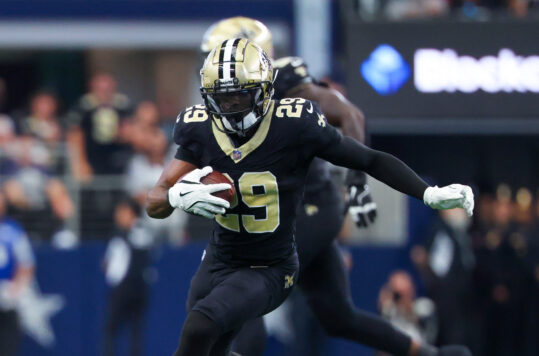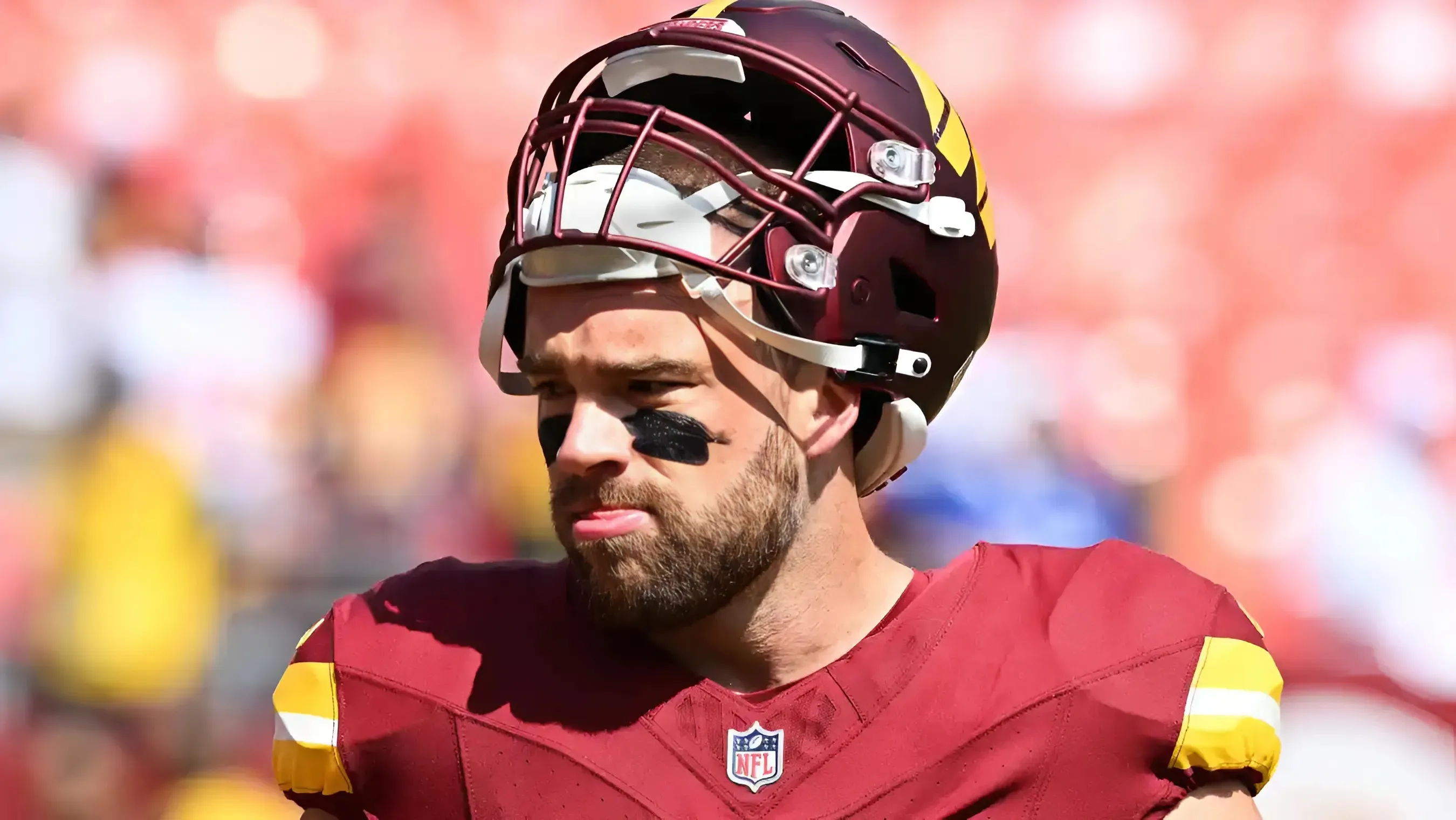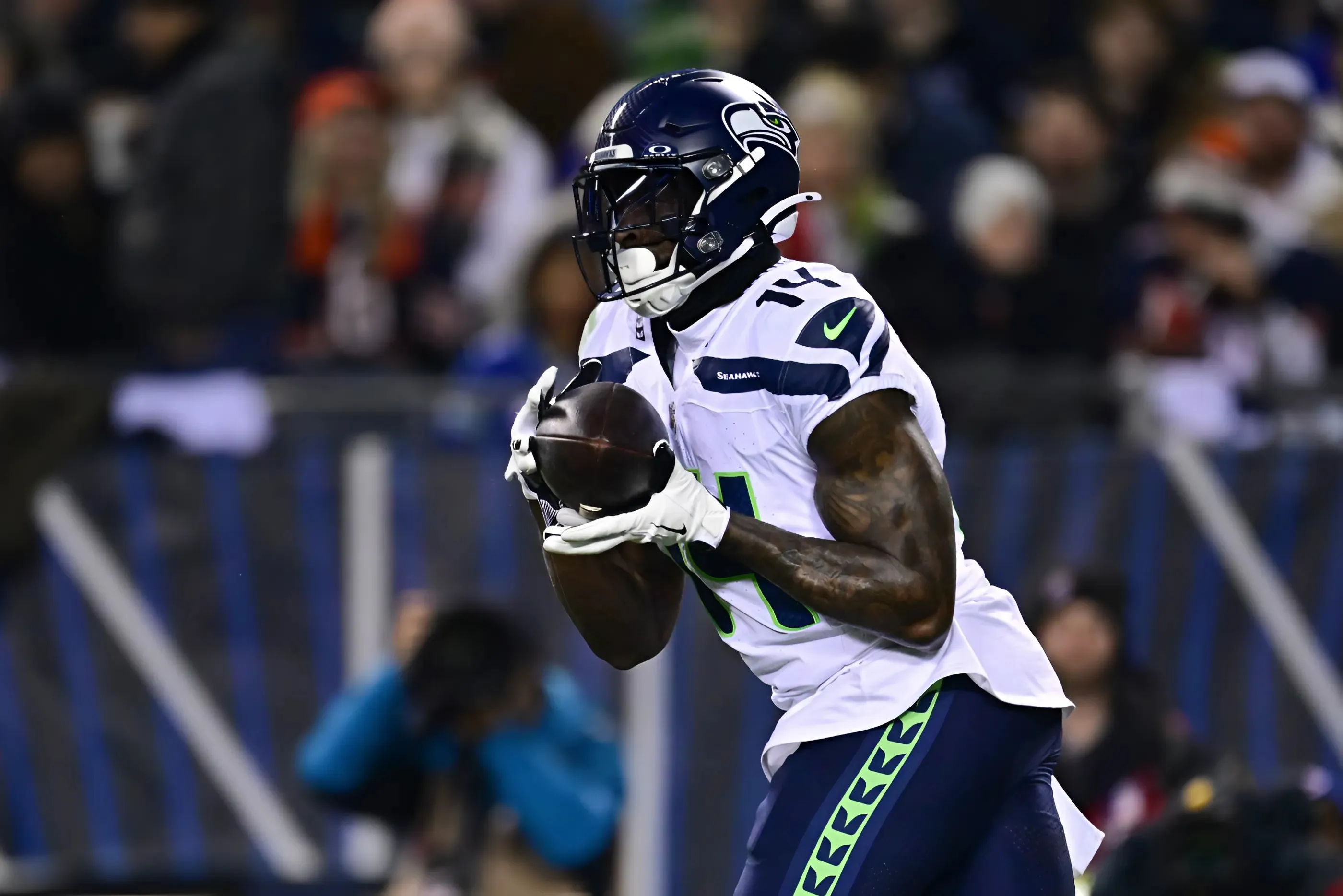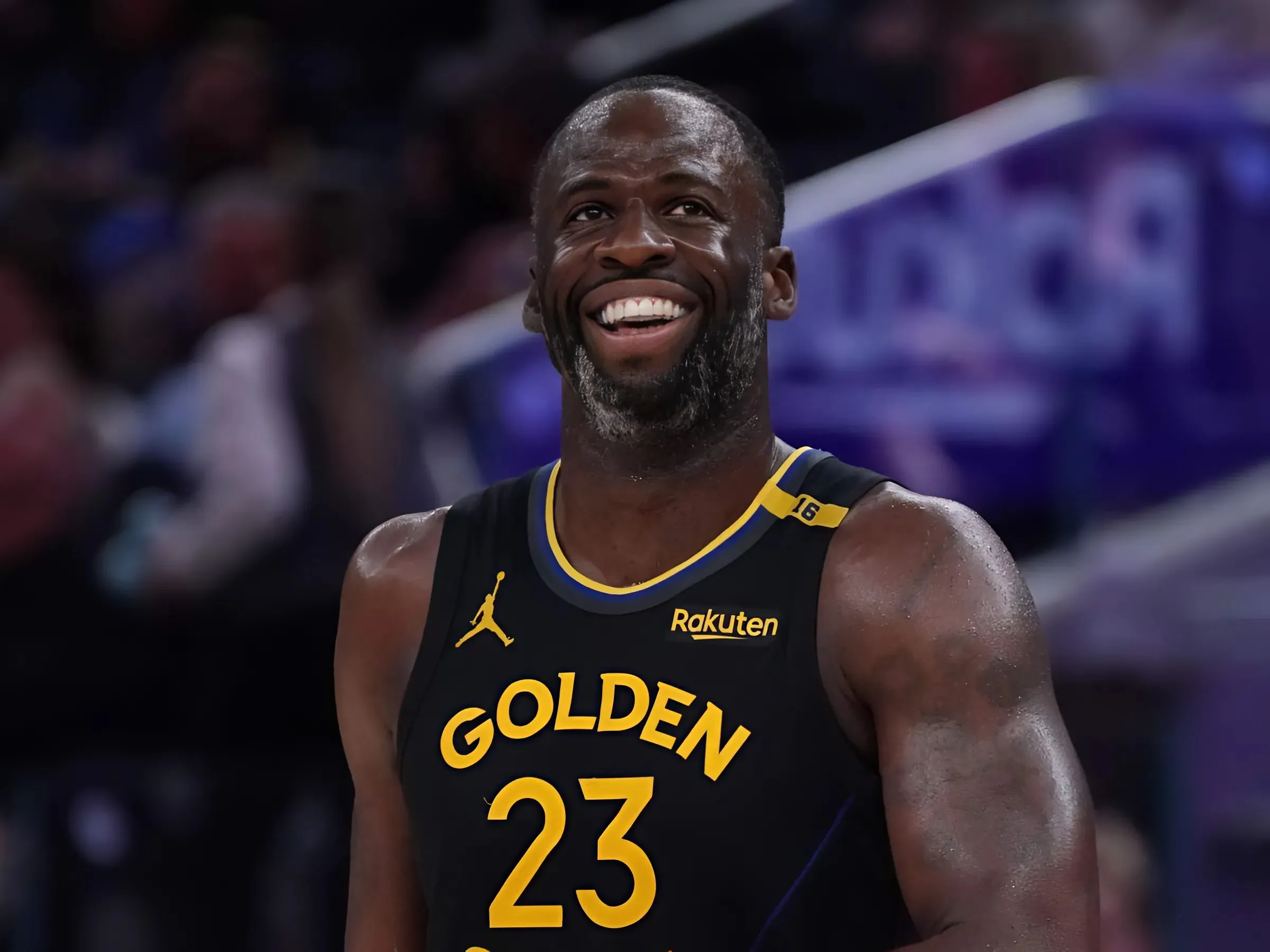
The New York Giants are walking a financial tightrope as they prepare to bring in a new quarterback. With approximately $30.3 million in available cap space for 2025 and a hefty $89.7 million projected in 2026, they have some room to maneuver. But once they pull the trigger on a veteran quarterback signing, that cushion is going to shrink in a hurry.
Smart Spending So Far
The Giants have already been active in free agency, securing key acquisitions like Paulson Adebo and Javon Holland to bolster their secondary. They structured these deals wisely, keeping the early cap hits manageable while backloading more significant figures into 2026 when their financial flexibility is at its peak.

This strategy gives them the ability to build a competitive roster in the short term without mortgaging their future. It also puts them in an ideal position if they draft a quarterback—allowing them to carry an expensive veteran for the time being while preparing for a long-term transition.
The Quarterback Cap Crunch
That $30.3 million of remaining cap space is about to take a major hit. Whether it’s Aaron Rodgers or Russell Wilson, the Giants will likely have to shell out $30 million or more annually to land a veteran signal-caller.
On top of that, they still need to allocate roughly $10 million for their upcoming draft class, further tightening their financial situation. With only about $20 million left after those commitments, they also have to keep around $10 million in reserve for in-season expenses.

Why a Two-Year Deal Makes Sense
Given their financial outlook, the Giants are better off signing a quarterback to a two-year contract rather than kicking the can down the road with void years.
A short-term deal would allow them to keep the cap hit manageable in 2025 while maintaining the player for a second season when they have significantly more flexibility. If they opt for a longer deal with heavy backloading, they risk bloating future cap hits, which could complicate roster-building if they need to pivot.
The ideal scenario is signing a veteran to bridge the gap for a rookie quarterback, keeping 2025’s expenses under control while setting up for bigger moves in 2026. The Giants are playing the long game with their financial decisions, but once they lock in their quarterback, they’ll be working with a razor-thin margin.



